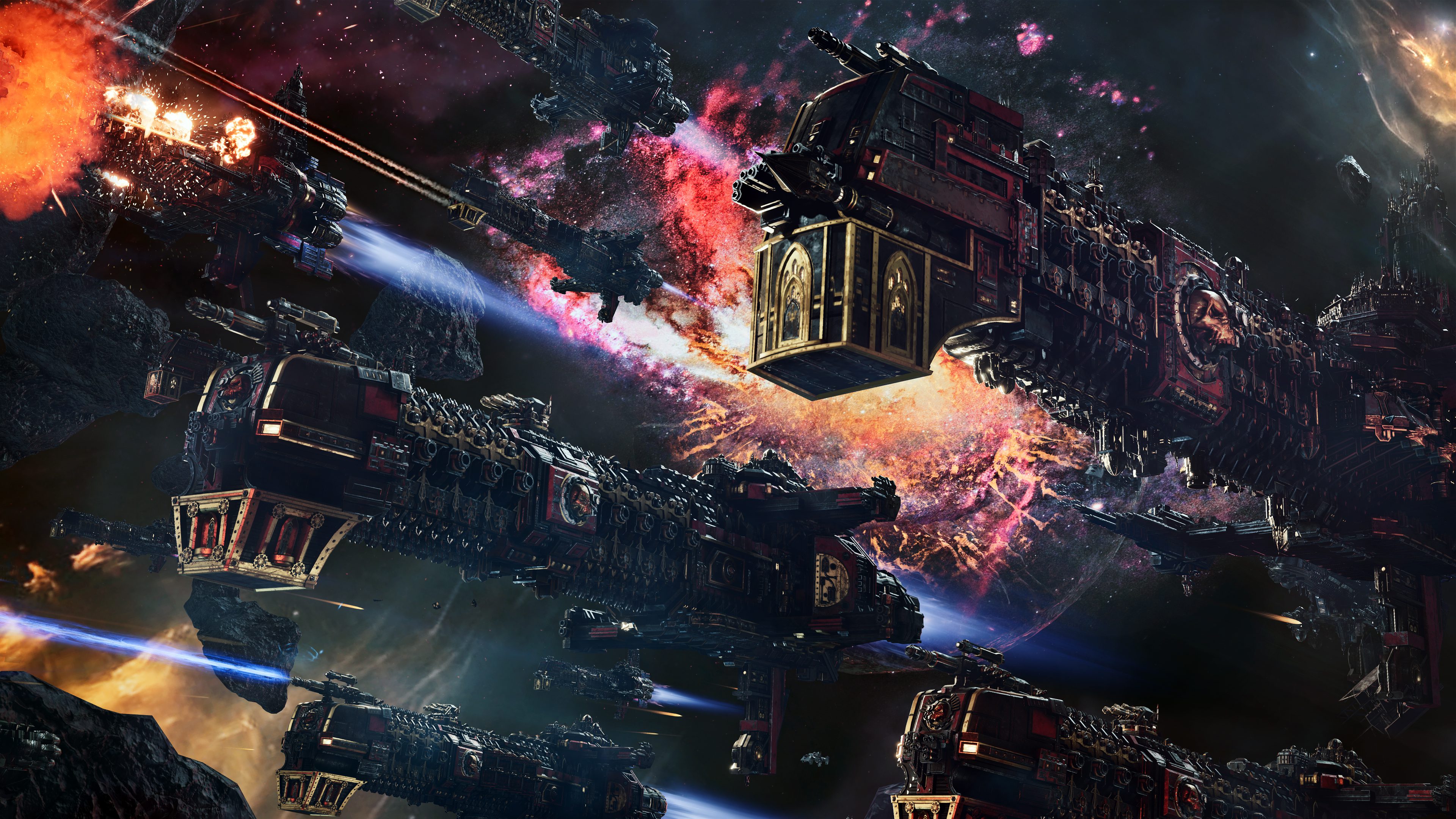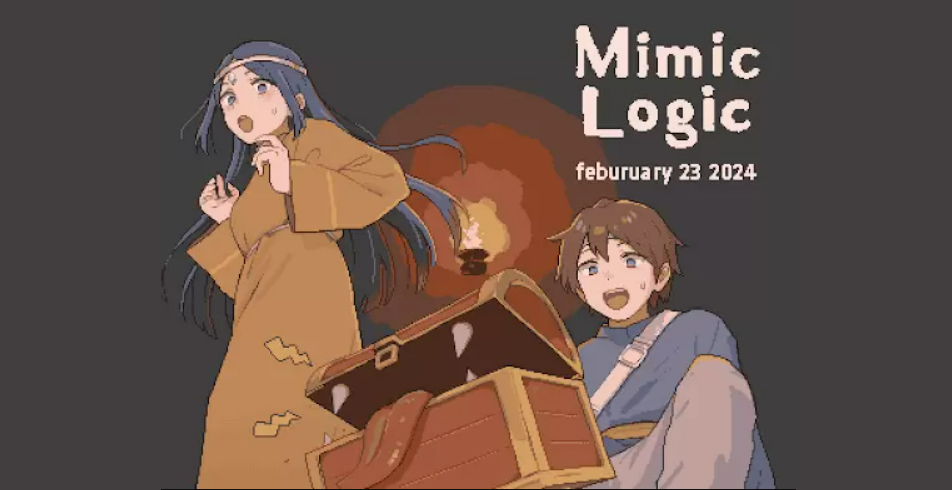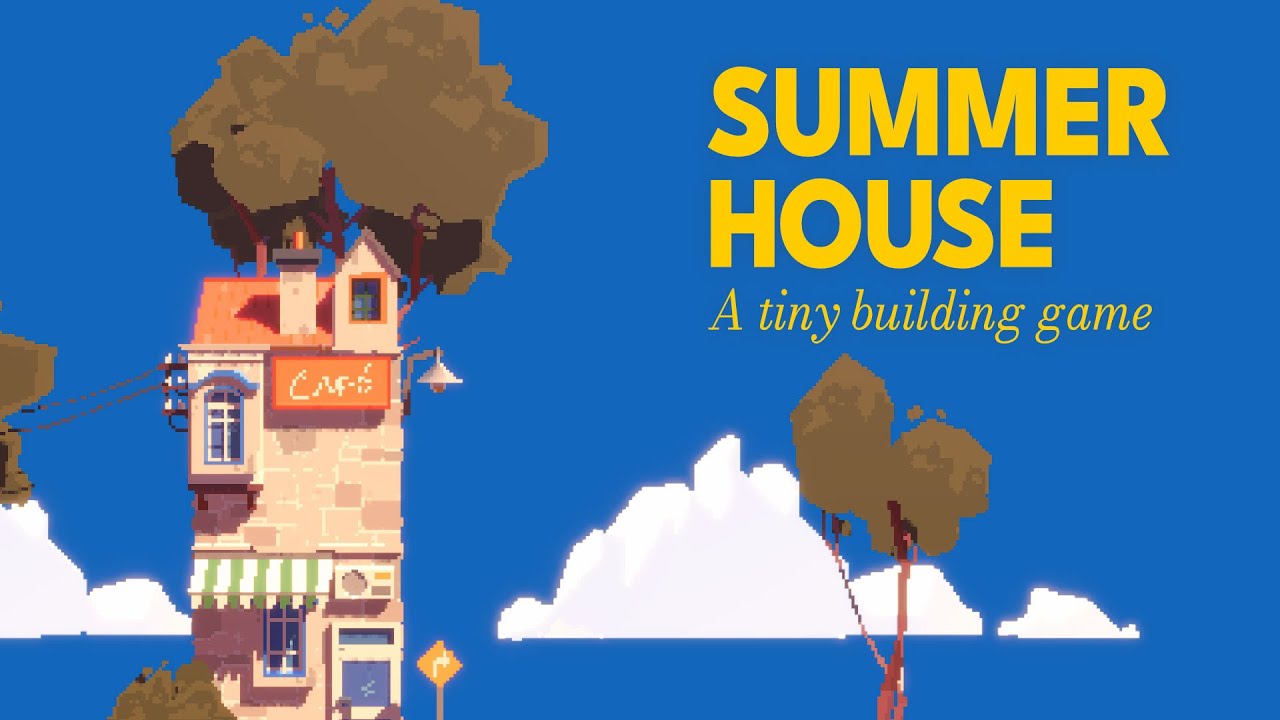It’s been a little while now since the release of Battlefleet Gothic: Armada 2 and after dozens of hours I’m ready to give you my thoughts on this “interesting” title. I never got around to playing to original so I’m not coming with with any expectations or ideas on what to expect.
Battlefleet Gothic: Armada 2 is billed as a real-time strategy game, which is the reason it and the original caught my attention, but not in the normal sense. When you hear RTS in space you think of games like Homefront, Total Annihilation, or better yet, Sins of the Solar Empire. I think of Star Trek Armada, but I’m really weird.
Warhammer 40,000 tends to be really hit or miss since the license is passed around like free samples at Costco. But the bullet points here hit all the right points for me. Space naval warfare, 12 factions from the tabetop game, three campaigns much like Starcraft, and so on. All good things on paper and enough to draw players in.
Right off the bat you need to understand that there is a lot on content here. You could easily invest 50+ hours into Battlefleet Gothic: Armada 2 which is nice for a game like this, but getting into the game feels like an uphill battle that may turn away casual players. I often felt like I was working through a rough outer shell to get into the yummy chocolate filling, and, depending on the person, the filling might not be worth the work.

Again, I didn’t play the original game in the series and can’t say how it compares, and I only know the tabletop game from some friends that used to play it down at the local game shop. Everything here is new to me and Battlefleet Gothic: Armada 2 sure doesn’t make it easy to get into. Add in a few glitches that leave you confused and it’s even harder.
When you have an RTS game a really strong tutorial is vital to explaining what is going on. Usually these types of games spend the first few stages explaining the various mechanics as you play, slowing building off each other until you are off to the races. Battlefleet Gothic: Armada 2 forces you into a tutorial that is part of the story (a nice touch) but aside from showing you how to move ships says f***-all to how this world works.
You see, ships are unique creates in this world, which makes sense as it’s based off a tabletop game. Each ship has a commander and each has a crew and all manner of abilities. But the game never really tells you about combat, instead just pushing two fleets together and hoping you figure it out on the fly. There is a lot of strategy here, but the game doesn’t seem to tell you much about it.
Thankfully, the story is pretty gripping, especially for someone that enjoys the Warhammer 40K world but isn’t involved with the tabletop games. It’s just getting to that is a real chore. There were times in the prologue where I completed the required tasks and nothing happened. I just endlessly drifted around the map with nothing to do until I restarted the game.

Battlefleet Gothic: Armada 2 bills massive space naval battles, but I never really felt the grand scale while getting deeper into the game. You can build fleets, but these are limited to a few ships, each that cost resources that will quickly cap out. This means “large” fleets are mostly really weak scouts as the bigger ships take a massive amount of resources.
Early in the adventure resource gathering isn’t clear and it’s much different than most every other RTS game out there. You take over planets within a sector and some of these will provide a benefit of some kind each turn. But early on you don’t get much and the pool of resources you have will have you creating only a couple of fleets before hitting a hard cap.
If you don’t create the right ships you are going to feel at a disadvantage most of the time and the game isn’t clear on what to build and the size to build it. Sure, this is based on a tabletop game, but if you’ve played RTS on PC you are going to want to build lots of troops/ships to take out the opposition. That doesn’t really work here and without a proper explanation of the game and mechanics means getting into the game will be a challenge.
But when you really slow things down you’ll get a better understanding of the game, but you might also face the real problem of the campaign becoming more tedious that it should be. In tabletop form the game is slow, from what I’m told, but it’s the interaction between friends and people that keep things from feeling like a game of chess by yourself on your computer.

Gameplay in Battlefleet Gothic: Armada 2 is fun, but comes with a few quirks that players can exploit like boarding parties being a bit too OP for my liking. Sure, every game has exploits, but some of the ones here feel like they should have been addressed before launch. That said, when throwing two fleets against each other you really start to get the classic RTS vibe.
The best part of gameplay, and something I’ve not seen before, is the ability to ram ships into each other without the need for some special ability. There’s nothing quite like a battleship ramming through some smaller scouts. It’s a tactic that comes in handy, especially if you know one of your cruisers is about to eat it. Ram an enemy ship and the ensuing explosion might even take out, or at least damage, other ships in the area.
There aren’t huge battles like Sins of the Solar Empire or Homefront, but it makes sense here. Your ships are your lifeblood, so keeping them alive though a battle is beneficial because once they are gone, they are gone. Throw yourself into a battle where you are out-gunned and outnumbered and your game is over if you don’t win the day.
The problem is in micromanaging battles. Ships really blend into each other, especially the smaller ones in your fleet. Once ships engage and get close, keeping track of every gets really messy. And you really need to keep on eye on each ship as their abilities and firing arcs can all be different. Special abilities also require you to be in position and more than a few times I clicked on the wrong ship missing a firing arc.

Battles can get pretty intense, but in the campaign they tend to feel really repetitive after a while to the point I often set them to auto battle. Maps look great but it’s mostly a huge grid with a few obstacles along the way. Asteroids allow you to hide in but also case damage if you move too fast. Gas clouds mike you invisible while in them making but that’s about it. You can take advantage of both but it’s not really vital and I never once cared about them outside the tutorial early on.
Most battles go one of two ways: you destroy the enemy fleet, or you capture each strategic point until you earn enough points and the match ends. Think of it like capture the flag in an FPS. Capturing points is always the way to go as the enemy AI will always go that route. So while there are hours and hours of battles to be had, it all just feels pretty cookie cutter. It’s not bad in any way, you’ll just be wanting more to do, more option to explore.
This is why I spent a lot of the time on the overview map of the sector you are in. There are a number of sectors, each connected by warp lanes that you can send fleets between if you have the moves. This part of the game is all turn-based and actually pretty fun once you get the feel for it, especially because of the scale. Planets you take over or liberate provide resources and can be upgraded to provide even more. They each can buff fleets as some have shipyards for making repairs, providing troops, money for more ships and so on.
It’s this map mode where the game provides you your current objectives and tasks that you need to complete for overall victory. I like the idea of this mode and how it’s laid out, but it isn’t as fun as it should be –can be. Because your fleets are so small and limited on this huge map of multiple sectors it becomes a game of numbers and you always feel at a disadvantage.

You are going to be fighting against your resource cap more often than any of the enemies of the Imperium of Man. Do you add a ship to one of your fleets, upgrade a planet, fight a battle for strategic position, deal with encroaching forces and so on. The idea is solid but you always feel like you should have some more to work with. I often tended to feel like I was doing my taxes than playing an RTS.
Graphically, Battlefleet Gothic: Armada 2 looks great. You can zoom right down to ships and see all the Gothic details of these lovely warships. What’s weird is that while you can zoom down to the deck level of ships, you can’t pull back as far as you’d like to get a better view of the battle map. Audio is also on point with good musical choices and some fantastic voice work that helps keep you invested in the story.
Battlefleet Gothic: Armada 2 isn’t a bad game, just one for a very specific type of player. If you love the 40K world, especially the tabletop game it’s based on, you are going to really dig this one. If you enjoy taking things slow and really working to understand how the game wants you to play there is a lot here to enjoy.
Casual fans that enjoy classic RTS games are probably going to want to stay away from this one. Same goes for those people wanting large fleet battles as I never managed to amass more than ten ships in total because of the cap. If you let yourself get lost in the world Battlefleet Gothic: Armada 2 is building then you are going to have dozens of hours of fun. I may not come back to this one, but my time with it once I got past it’s “interesting” mechanics and barrier of entrance, I did have a good time.

Battlefleet Gothic: Armada 2
Platform: PC
Developer: Tindalos Interactive
Publisher: Focus Home
Release Date: Jan 24, 2019
“Battlefleet Gothic: Armada 2 is for fans of original title, but casual RTS fans may find it hard to get into with a vague tutorial and slow pacing.”
Final Score:
3/5
*A copy was provided for this review*




